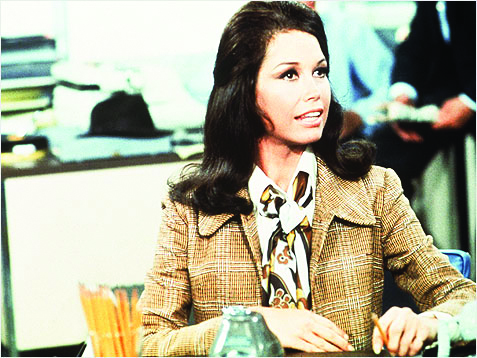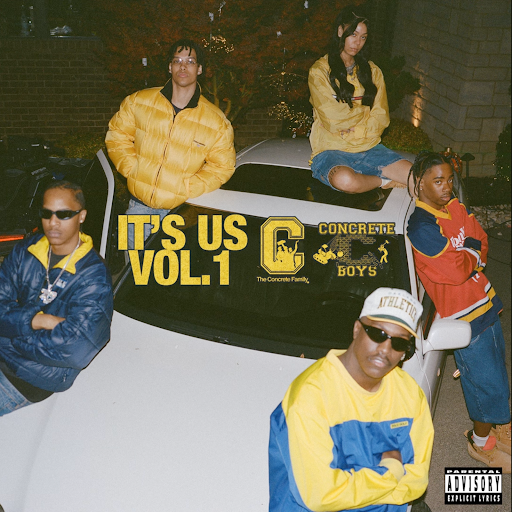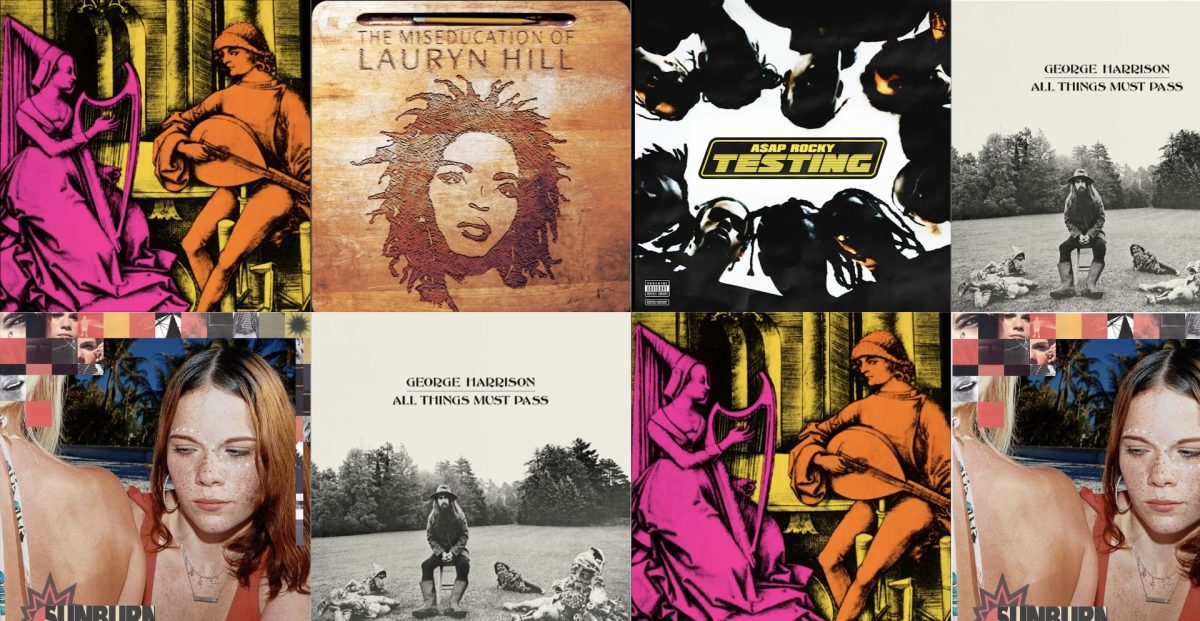
Television is a relatively new form of entertainment. The female television protagonist is even newer.
Early American television shows with female leads mostly centered around family life. Representation for women of color on television was even more sparse, especially considering that the United States is a country comprised primarily of immigrants.
The period of time in which boundaries were broken for women in American television were the 1960s to 1970s. Although an earlier example, Lucille Ball is commonly known as the first “funny woman” on television.
She and her husband Desi Arnaz also established their own production company, DesiLu Productions, and Ball played an important role in approving and producing TV content. “I Love Lucy” became a classic show with beloved episodes.
However, it is also important to remember that the character, Lucy Ricardo, was a white housewife whose theatrical schemes always involved breaking out of her mundane home life. A famous episode, “Job Switching,” depicted Lucy attempting to join the workforce for a day and comically failing. Nonetheless, Lucille Ball paved the way for future female comediennes, such as the celebrated Carol Burnett.
“The Carol Burnett Show” first aired in 1967 and ran successfully for 11 years, however, when Burnett first pitched to CBS, she was told that variety was “a man’s genre”, and was encouraged instead to do a sitcom. Because of a technicality in a contract that Burnett had already signed, she was eventually granted her request.
As for sitcoms, Mary Tyler Moore was the actress who epitomized the single working female protagonist. Although she began her career portraying a male protagonist’s wife on the cherished “Dick Van Dyke Show” from 1961-1966, Moore fought to wear pants casually on the show during a time where it was customary for women to wear skirts and dresses on TV.
At one point, CBS only allowed the show to have “one pants scene” per episode, despite the fact that pants were already popular among women off-screen. Moore became her own protagonist in 1970 with the airing of “The Mary Tyler Moore Show.”
The show was a socially current depiction of the ways in which life was rapidly changing for women, who had recently become independent. More than ever, women were getting educations and working outside of the home. People were also waiting longer to get married and have children.
“The Mary Tyler Moore Show” even famously addressed that it is ultimately a woman’s choice if and when she wants to procreate. In a variety of ways, Moore used both her platforms for progress and provided representation for the modern woman of the 70’s.
Despite the progress made on television for women in the 1960s and 1970s, the representation was mostly of white women. There was a shortage of people of color on TV, especially female protagonists of color. Nichelle Nichols was one of the first prominent black actresses on TV, starring in Star Trek from 1966-1969.
The lesser known “Julia” was the first sitcom to have a black female protagonist in 1968. However, these were more exceptions than rules. While Desi Arnaz was an early Cuban-American protagonist on “I Love Lucy,” there was little representation for Latina women in American media.
The Spanish-American actress, comedienne, and flamenco musician, Charo, was one of the first to see widespread fame, appearing on 70’s shows such as “The Love Boat.”
While white female protagonists have been in the spotlight for decades now, recently, women of color are starting to get the representation they deserve. Viola Davis stars in “How to Get Away with Murder,”
Indian-American comedienne Mindy Kaling writes and acts in her eponymous Hulu hit, “The Mindy Project,” and Gina Rodriguez brings telenovelas to the United States with “Jane the Virgin.”
As of now, we still don’t have female representation in mainstream late night TV. Hopefully, in the next few years, there will be more funny women on at night than there are men named “Jimmy.”














